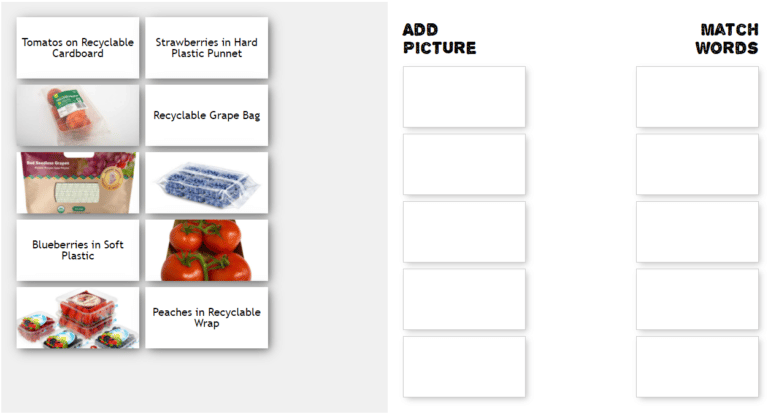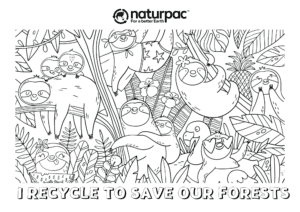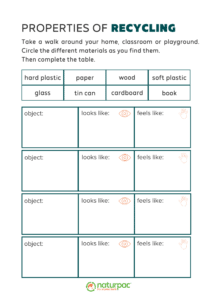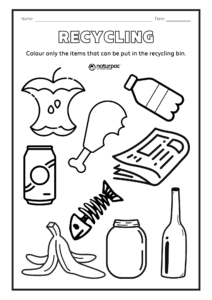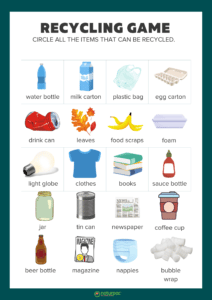Activity 3
Recycling
INTRODUCTION
Learn about how different types fruit & vegetables are packaged and how to make good choices to reduce pollution

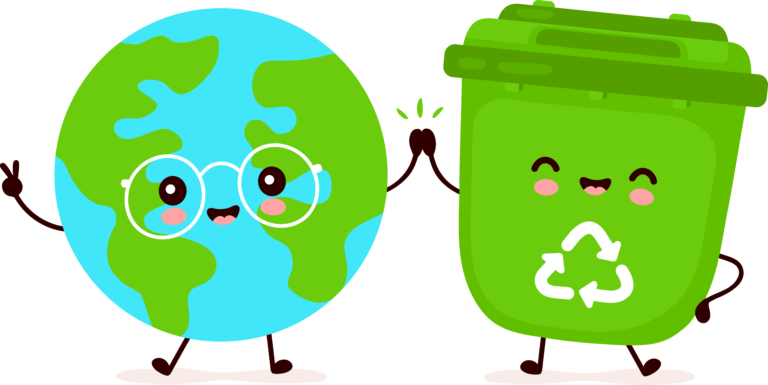
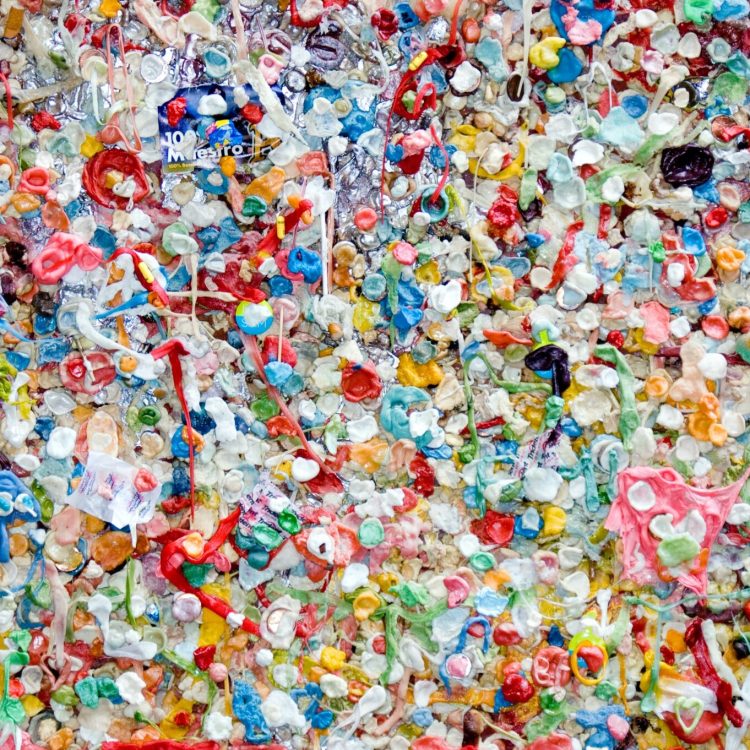
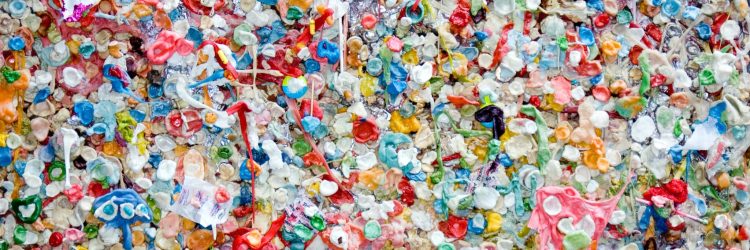
RECYCLING
Recycling is a way to reduce the amount of garbage or rubbish that is thrown away. Most garbage is sent to landfill and when it gets there some of it causes pollution.
So recycling is when we find ways of throwing away less garbage and find more ways of re-using items. You might have a recycling bin that looks a little like these images at home.
Recycling is a sustainable way of creating less waste and less pollution – so we always want to find more ways to recycle.
SOFT PLASTICS
Soft plastics include biscuit wrappers, plastic bags, garbage bags, chip packets and salad mix packets – basically anything that acts as a bag around your food is soft plastic. Easiest way of knowing if your plastic is soft is the scrunch test! If it scrunches - it's soft plastic.

HOW TO RECYCLE
In Australia, soft plastic packaging can’t be recycled through most home recycling services.
But if it scrunches, then it can be recycled through REDcycle which means it's kept out of landfill (not to mention our beaches, rivers and parks).
WHAT TO DO AT HOME
- To recycle using REDcycle put aside a cardboard box, or old shopping bag and label it 'SOFT PLASTIC'
- Put it somewhere you can see it easily, maybe inside a pantry or next to your bin
- Next time you go to the grocery store, remember to take the plastic with you and leave it in these bins
HARD PLASTICS
Hard plastics are commonly the plastic found at the bottom of the fruits and vegetables, or the punnet around your strawberries. Typically hard plastics don't scrunch well so this is an easy way of knowing the difference between hard or soft.

HOW TO RECYCLE
In Australia, most homes have recycling services that accept hard plastic.
WHAT TO DO AT HOME
- Have a separate box or bin in your house for recycling items (it can help to put pictures of what can be recycled on the bin)
- Put it somewhere you can see it easily, maybe inside a pantry or next to your garbage bin
- Empty the box into your outside recycling bin regularly and remember to remove items from their bag - they need to be kept separate

CARDBOARD
Cardboard is a little easier to recognise - like the harder version of paper.
As long as your cardboard and paperboard is clean and dry, it should be placed in your recycle bin. Wet or greasy cardboard like pizza boxes or fast food boxes are considered a contaminate and belong in the garbage.

HOW TO RECYCLE
In Australia, most homes have recycling services that accept cardboard.
WHAT TO DO AT HOME
- Have a separate box or bin in your house for recycling items (it can help to put pictures of what can be recycled on the bin)
- Put it somewhere you can see it easily, maybe inside a pantry or next to your garbage bin
- Empty the box into your outside recycling bin regularly and remember to remove items from their bag - they need to be kept separate
OTHER
(CAPS, LIDS, NETTING, FOAM)
HOW TO RECYCLE
It is best to look at the rules and guidelines from your local council for each of the above items.
Every local council has a different process for recycling but commonly they do not accept:
- Small hard plastic items like caps, lids or bread bag ties
- Netting - it tangles in the machinery that processes recycling
- Foam trays - these are light and easily breakable - not typically accepted by kurbside recycling. There may be a specialist facility near you that accepts foam packaging.
Recycling Game
A drag and drop game to help you identify recyclable packaging.
Drag the picture into the left column and drag the correct word description to the box in the right hand column.
Congratulations!
You've completed the third set of activities and learned about recycling.
educator resources
Click each of the items to download them for use in the classroom.
